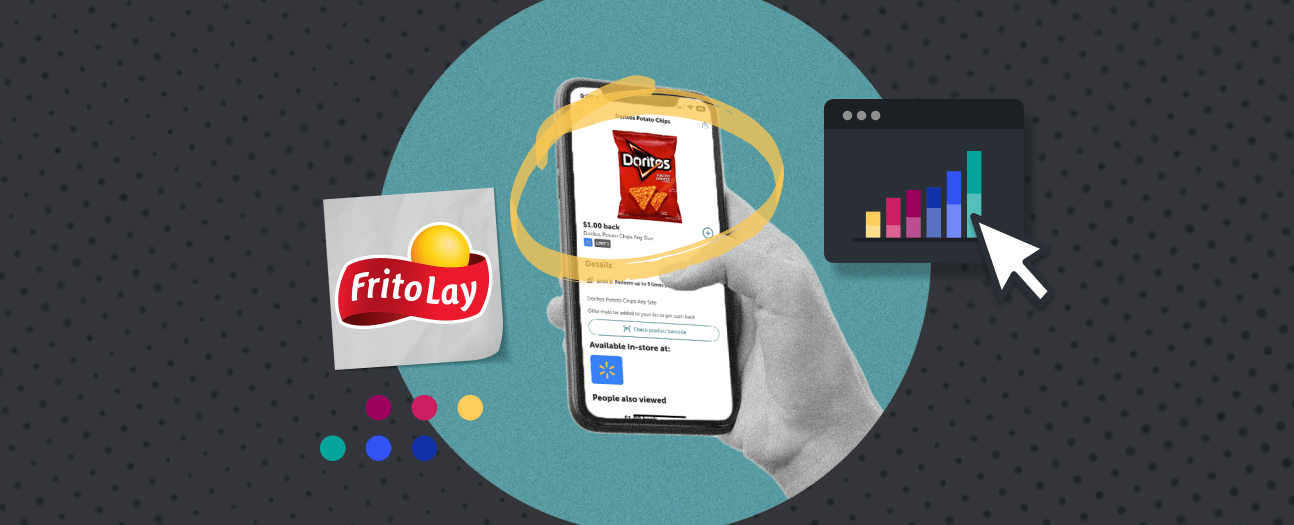
August 16, 2021
Two years ago, businesses were still working to define their omnichannel strategies. Now CPGs are defined by their ability to be everywhere the customer wants them.
“For us, that accessibility and relevance has pivoted to being always everywhere,” Frito-Lay SVP Sales & Chief Customer Officer Mike Del Pozzo said during a Groceryshop presentation on “Winning at Omnichannel Grocery.”
Frito-Lay hit its ecommerce goals four years early as the COVID-19 pandemic led to shoppers buying products from the safety of their own homes. That acceleration forced the company to restructure, tearing down silos to go from channel focused to channel agnostic.
“That sped up everything,” Del Pozzo said. “It almost became the flywheel for success. If you have a model for always everywhere, you need to cut out a lot of the governance.”
The company also changed how it works with retailers, reconsidering its investment in channels like hard discount, where snacks and beverage sales are overindexed, while working with delivery service Gopuff to capture more of the convenience share. Rather than creating one-year plans with retailer partners, Frito-Lay now has three-year planning cycles with deep dive road maps and is asking retailers to show them growth results.
“We’ve put a lot of work into ROI engines and media spend so you’re not just writing checks for media things that might not make sense,” Del Pazzo said.
PepsiCo has its own data science and analytics division that can provide those capabilities to small retailers who don’t have the resources to do it themselves.
“These idea partnerships on the digital media side are really going to be a game changer,” Del Pazzo said. “Consumer expectations continue to change, so if we try to do this individually, it’s going to be really hard.”
Food service and stadium partnerships are also evolving as much of the industry struggles to recover from business lost during lockdowns.
“The ones that are digitally relevant are doing very well,” Del Pozzo said. “That unevenness really has an effect on where you invest.”
Frito-Lay is still trying to figure out the best SKUs for each channel as retailers continue to develop their ecommerce businesses in house or with partners. SKU preferences in general seem to have evolved due to the pandemic, with Frito-Lay’s multipack business spiking because consumers no longer feel as comfortable sharing a big bag of chips. Similarly, the cravings for novelty during lockdown have led to a shift away from SKU rationalization and in favor of innovation.
Del Pazzo said Frito-Lay is using data more than ever before, not just trying to avoid out-of-stocks but figuring out ways to anticipate supply chain disruptions to smoothly fulfill orders. Frito-Lay has traditionally used its Super Bowl ads to introduce new SKUs and Del Pazzo said he wants to ensure that consumers can get those new products delivered to their homes via rapid convenience stores within 30 minutes of learning about their existence.
Frito-Lay has made massive investments this year to increase its manufacturing capacity, but acknowledges that won’t be enough to succeed without retail partnerships to get its products to consumers.
“Brands and retailers are digging tunnels and we should collaborate to make them connect,” he said.
The Ibotta Performance Network is built for an omnichannel world, helping retailers and brands build loyalty and promote products across digital properties. Click here to learn more.
![]()
Achieve your brand goals
Which metrics are most important for your brand? Get in touch to explore possibilities with the Ibotta Performance Network.
